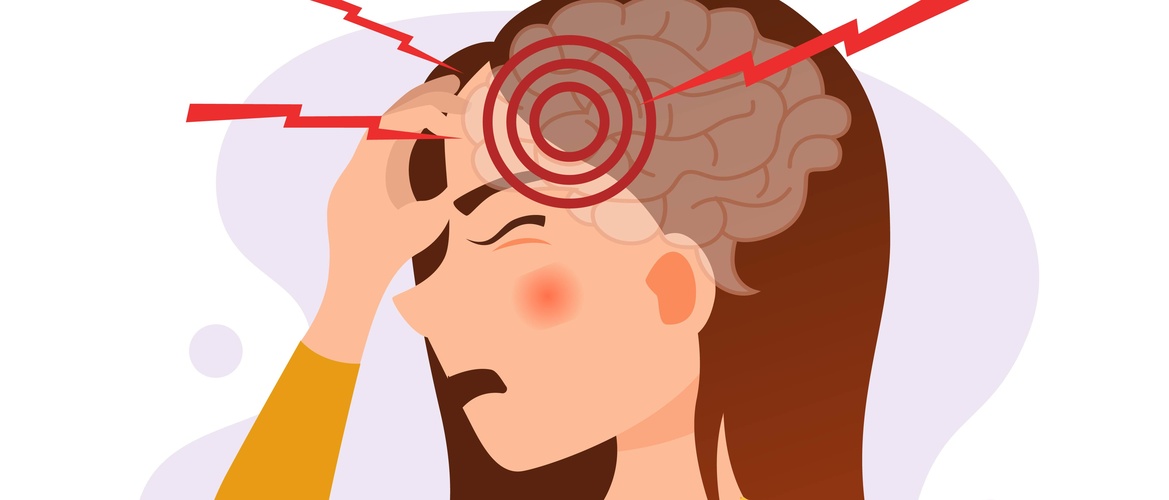
Choose a channel
Check out the different Progress in Mind content channels.

Progress in Mind

What are the acute treatment options for migraine if current medications are not effective, are overused, are not tolerated, or are contraindicated? Or if the patient is a child, pregnant, breastfeeding, or elderly? The limited options available, reflecting unmet needs in the management of acute migraine, were highlighted by experts at a symposium at EAN 2020.
Pain points in the acute treatment of migraine
Only 25–35% of patients are pain-free 2 hours after treatment with triptans or NSAIDs
Triptans have become increasingly popular for the acute treatment of migraine, though non-steroidal anti-inflammatory drugs (NSAIDs) are often used as an initial strategy for aborting migraine attacks,1 said Christian Lampl of Linz, Austria.
However, a network meta-analysis comparing the relative efficacy and tolerability of NSAIDs and triptans revealed that the median proportion of patients who are pain-free 2 hours after treatment—which is the primary measure of efficacy recommended by the International Headache Society2—ranged from only 25–35%.1
Frequent use of acute medications can lead to medication overuse headache
For many patients triptans are not adequately effective or lose efficacy over time, have intolerable adverse effects, or are contraindicated, for example due to concomitant cardiovascular disease, said Dr Lampl.3
New therapeutic options are needed, he said, and this is highlighted by the persistent use of medications such as barbiturates and opioids, which have the potential for misuse, and the occurrence of medication overuse headaches due to excessive use of acute treatments.4
Limited therapeutic options for special populations
Limited treatment options for children, pregnant women and the elderly
Challenges in the acute management of migraine also arise when treating certain populations of patients, and reflect further unmet needs, said Aynur Özge of Mersin, Turkey. These populations include:
Our correspondent’s highlights from the symposium are meant as a fair representation of the scientific content presented. The views and opinions expressed on this page do not necessarily reflect those of Lundbeck.